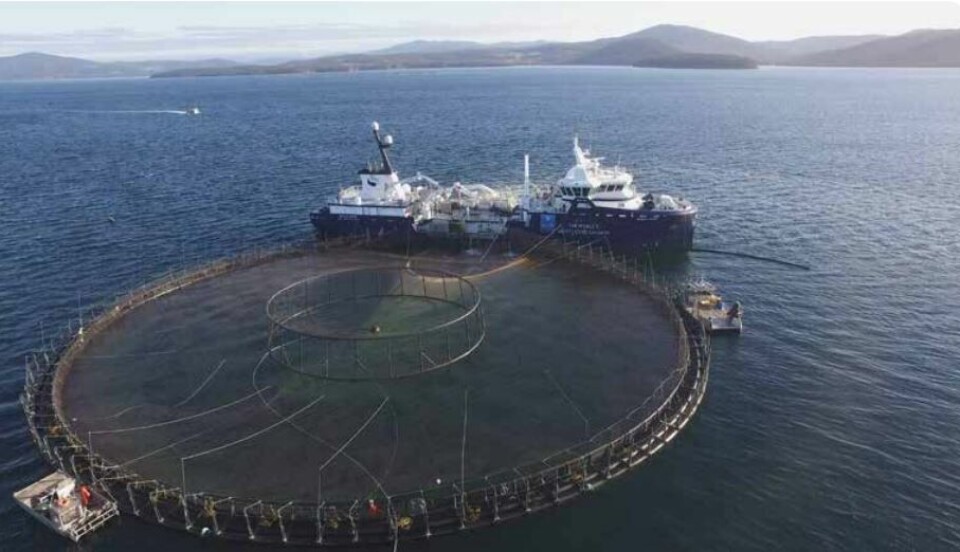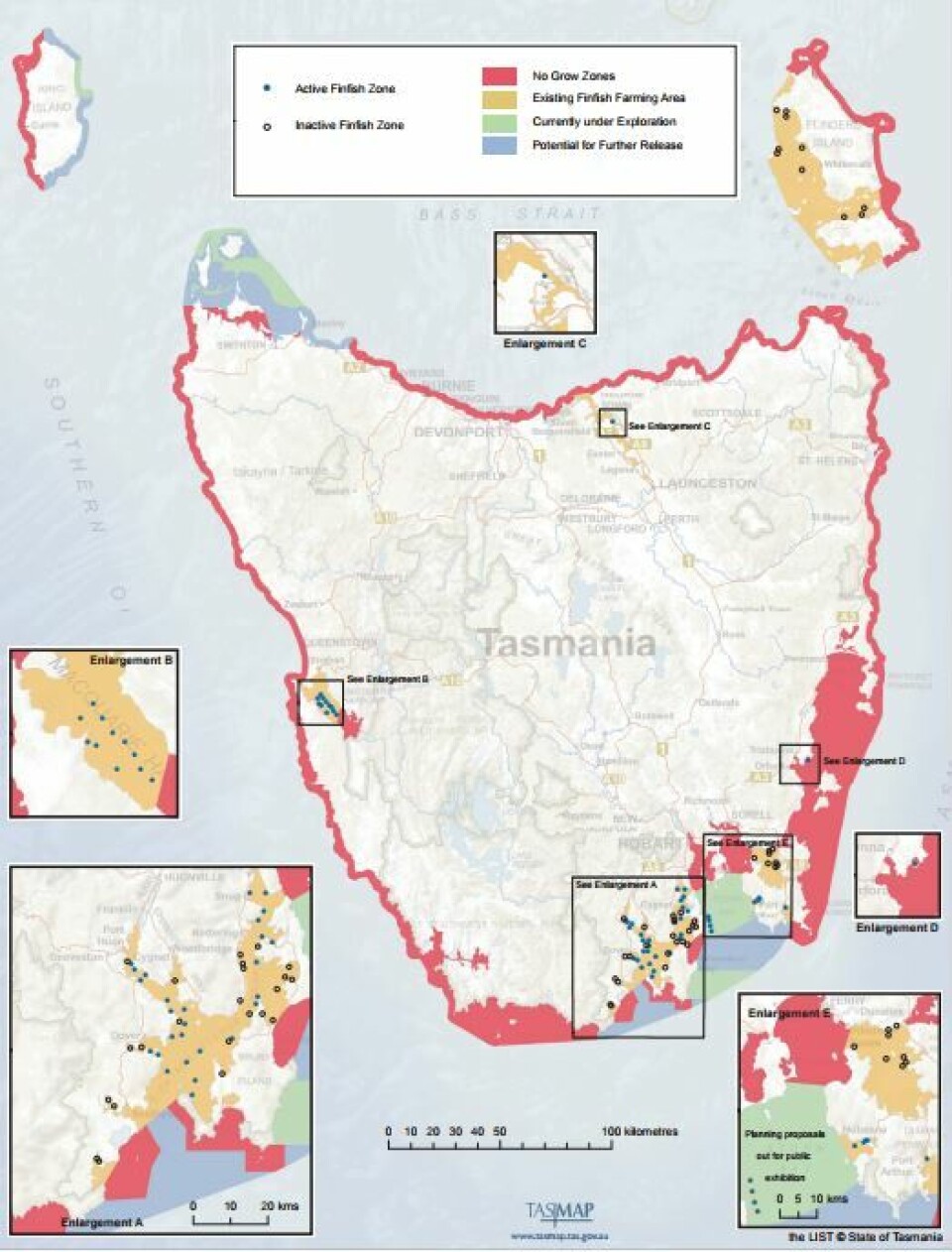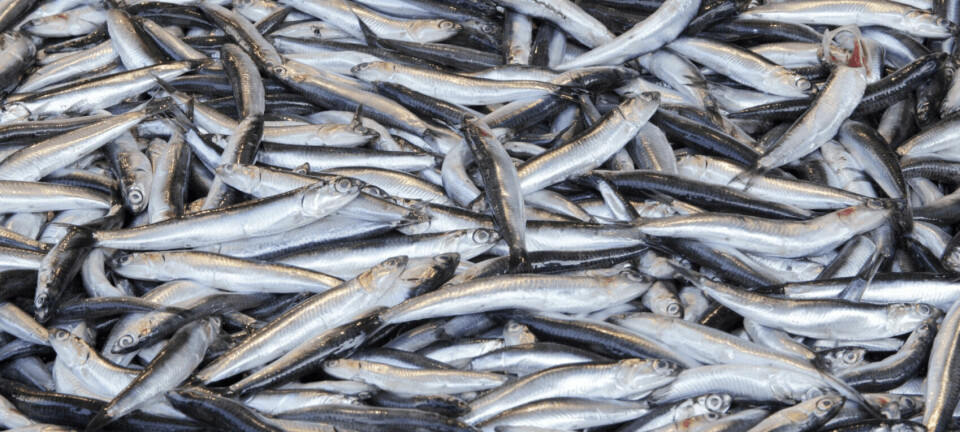
Future mapped out for Tasmania's salmon industry
The Tasmanian government has finalised its map of "grow zones" and "no grow zones" for the Australian state's salmon industry - and most of the coastline will remain off-limits to fish farmers.
Primary Industries and Water Minister Jeremy Rockliff launched the Sustainable Industry Growth Plan for the salmon industry yesterday, following a public consultation period.

In an introduction to the Plan, Rockliff the state government was a strong supporter of the salmon industry and had laid out "a practical way forward for an industry that will have the highest standards of biosecurity, fish health and environmental management".
As in Scotland, the authorities want new development to take place in high-energy sites, the green and blue zones on the map show areas "currently under exploration" and with "potential for further release", respectively. The red/pink line shows where salmon farming is, or will be, banned.
According to the Plan, Tasmania's salmon industry has seen the creation of an estimated 5,200 jobs (including related industries and flow-on impacts) that are largely in regional areas; become an industry that generates sales revenue of AUS $726 million; and has become integral to the fine food component of the Tasmanian brand.
Three home-grown companies, Huon Aquaculture, Petuna and Tassal, are responsible for the majority of salmon production in the state.




















































